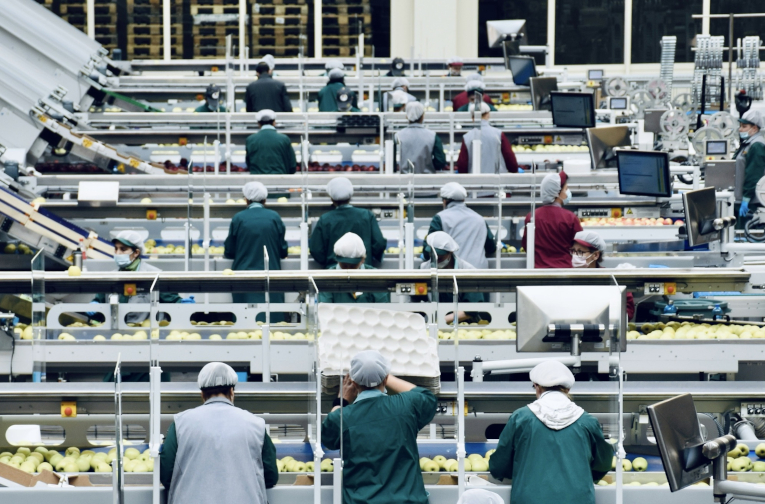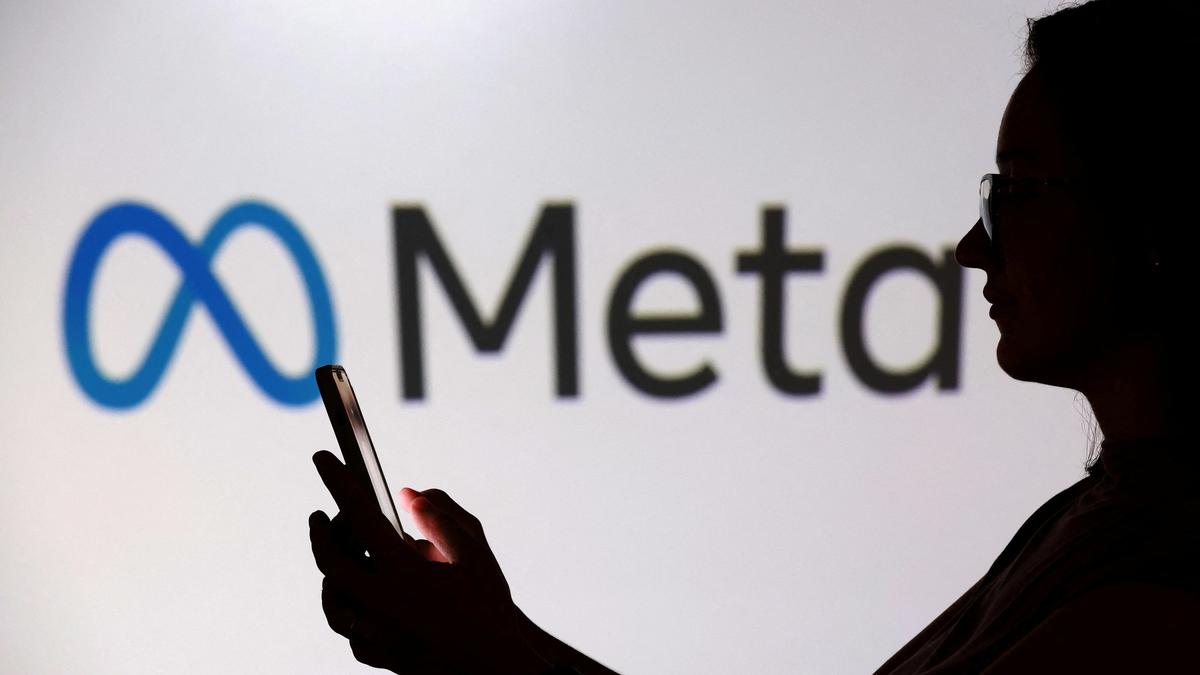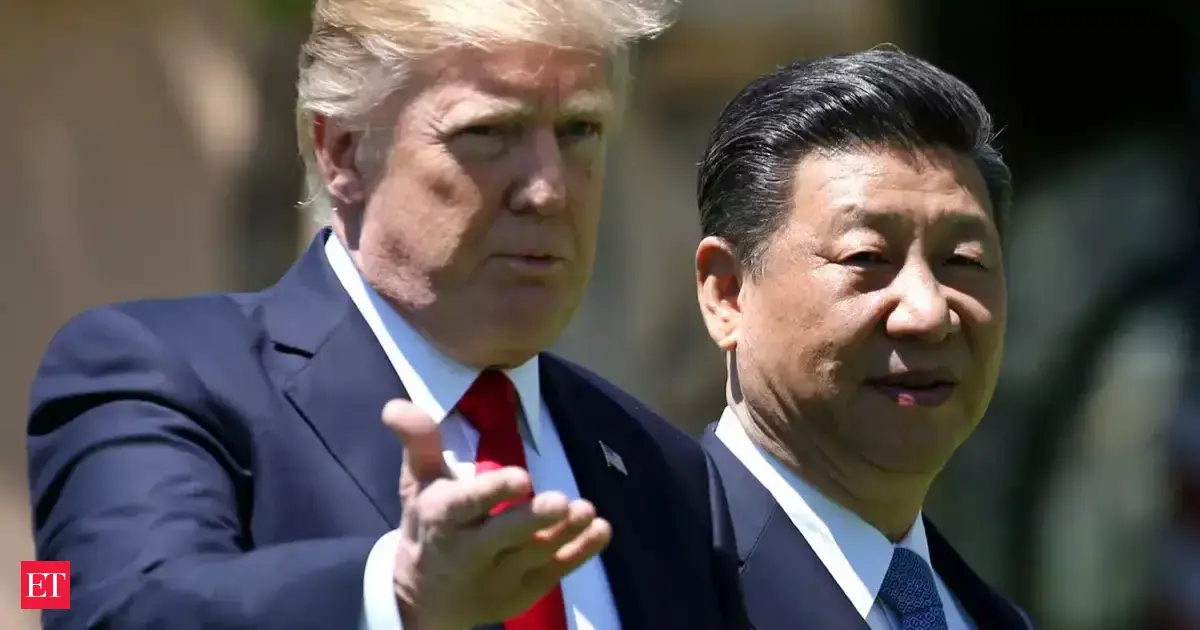
These notes are from a meeting of the AFNZ meeting (Agri Foods for Net Zero) I went to last year. For some reason it’s been sitting in drafts since then. But it seems pretty current despite that.
The meeting was a follow up to the scenarios work that I did with them last year (more about that here).
Most of the meeting was designed to develop the group’s research agenda, which is about accelerating the transition to Net Zero, and most of it was unattributable.
But Tim Benton, of Chatham House and Leeds University, opened with short presentation on the “triple lock in” that is shaping the food sector in ways that are quite destructive.
Destructive
Quite destructive? Three measures of that. We’re currently producing enough to feed the world’s population, but close to one-in-ten people globally are under-nourished, and this number has been increasing again after a long period of decline. 770 million—also close to one-in-ten of the world population—are obese. The FAO has estimated that the external health costs of the food system are at least $10 trillion annually:
The report found that the biggest hidden costs, more than 70 percent, are driven by unhealthy diets that are high in ultra-processed foods, fats and sugars, leading to obesity and non-communicable diseases, and causing labour productivity losses. This is particularly the case in richer countries. One fifth of the total costs are environment-related, from greenhouse gas and nitrogen emissions, land-use change and water use, with all countries affected.
There are also hidden costs associated with poverty and under-nourishment, especially in poorer countries, but there are also, in richer countries, lost opportunities and lifetime health costs caused by hunger in childhood. (The FAO’s full report is here.)
Benton basically summarised three lock-ins, which are inter-connected:
The cheaper food paradigm
Market concentration
Path dependencies
In some ways the first of these drives the rest of the system, through the assumptions that sit behind it and the policy decisions that it drives.
The cheaper food paradigm
The assumptions that sit behind this are that: consumption drives growth; that cheaper food is good for growth; that markets are the best way to provide cheaper food; that changing diets is not the job of government; and that food safety nets are not needed—or need only to be minimal.
Policy therefore focuses on driving efficiency and market liberalisation, while not worrying about waste (an inevitable product of the system) or ill-health. Farming focuses on a few commodities, grown intensively and at scale.
Market concentration
Markets are dominated by a few, big players, with a vested interest in maintaining the status quo. Their market position means that they can absorb competitors and acquire innovators, while their own innovation focuses on scale and efficiency. New entrants and disruptors face significant barriers to entry.
Path dependencies
The weight of the investment in the food sector acts to reinforce this system, and it is reinforced by most of the incentives in it—including (although Tim didn’t mention it) the way in which investors assess publicly quoted companies, meaning those listed on stock markets. The near-monopoly companies created by market concentration are able to leverage pricing in ways which means that means that “cheap food” often has high margins, which investors like but which has terrible external costs.
Barriers to change
Some of these external costs include environmental impacts, which are not costed, and the whole system generates huge barriers to transformative change, both politically and economically.
The overall cycle looks something like this.
(‘The triple lock in’. Tim Benton/Chatham House, adapted Andrew Curry.)
Although this all looks pretty entrenched, Benton’s view is that it is quite unstable. It looks familiar but it’s already threatened by changing circumstances. The health and environmental costs of this model are already undermining perceptions of the cheaper food paradigm, and on top of that some of the geopolitical conditions that support it—such as relative global stability, open markets, and so on—have started to fragment into a world of onshoring and ‘ally-shoring’. Protectionism and nationalism are undermining the model.
The political environment
So it’s also worth looking at the story that Benton told about the political environment in which the food system gets negotiated. He had a chart which showed a triangle of markets, politicians, and consumers/citizens. (And whether consumers/citizens see themselves primarily as citizens or consumers does matter here.)
(The political economy of food. Tim Bention/Chatham House, adapted Andrew Curry)
The politics of food plays out between these different actors and the intermediaries, who connect the three corners of the triangle. I’ve added some extra intermediaries to Tim’s diagram here.[1] It’s possible to imagine—but I was trying not to complicate things too much—that there are also interactions between the different intermediaries running across the middle of the triangle as well.
Destabilised by externalities
This triangle, he argued, is being destabilised by externalities. Events that were triggered by these externalities would, he thought, change the political dynamics around food at some point. Events might shift values as well. He thought that this might happen quite quickly, as possibly also quite soon.
In short: unlocking the triple lock-in is essential if we are going to get to systemic change in the food system, and that systemic change is necessary if we are going to address the climate and health impacts of food.
But the combination of the costs of the current system, and events triggered by crises in the current system, could well drive this systemic change. As Tim concluded, “The politics will change as the world changes.”
—-
[1] This is reminiscent of Bill Sharpe’s adaptation of the Ambition Loop. He adapted it by adding civil society to the original loop, which involved a loop between business and governments.
—
A version of this article is also published on my Just Two Things Newsletter.
Photo by Arno Senoner on Unsplash



